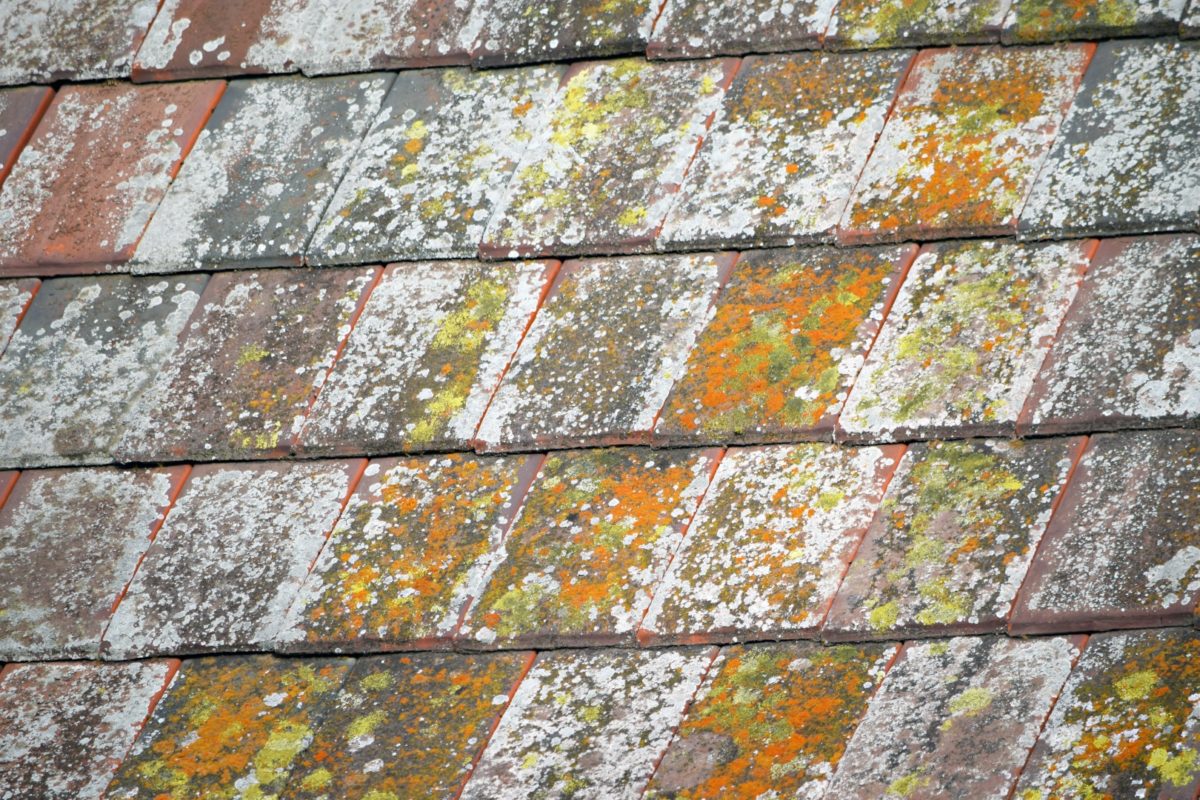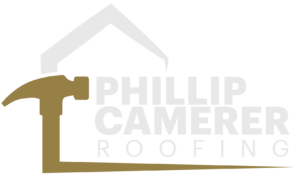Recognize Roof Algae: Signs, Cause and ‘Affect,’ and Prevention

Posted on August 10, 2022 by Phillip Camerer
If you’re a homeowner in the four-state region of southwest Missouri, you know the humidity and changing weather can impact the appearance of your roof. One of the biggest problems is roof algae, precisely the blue-green variety.
Although blue-green algae is not a particular health concern, it can devalue a home’s curb appeal and resale value. Often algae, molds, and other bacterial fungi attach to the roof to consume the limestone granules on the shingles.
What gets left behind is the dark streaks of discoloration. To help you recognize roof algae, we developed this cheat sheet so you can:
- Identify Signs
- Know the Cause and Affect
- Take Preventative Measures
With this cheat sheet at your fingertips, you will be better informed and prepared to recognize the algae on your home’s roof.
Identify Signs of Roof Algae
Because algae can come in various textures and colors, it can be challenging to identify the signs at first glance. Let’s suppose, for a moment, it’s another ordinary rainy Tuesday morning, and you’re pulling out of the driveway on your way into the office. You glance up at the roof and see dark streaks across the roofline. But you chalk that up to the rain that morning.
Four days later, you decide to mow your lawn early Saturday morning, before the afternoon rains. But, once again, your gaze upward and notice those same dark streaks haven’t gone away since Tuesday’s A. M. rainshower.
That’s because the rain didn’t cause the dark streaks. It’s algae!
Algae can disguise itself by blending in with its environment but is easily identified by discoloration or vegetative growth. For example, if you notice any of the following on your shingles, a cause of algae blooms growing.
- Black streaks
- Green colored moss
- Round lichen spots
- White or green roof spotting
If you identify any of these algae markers on your roof, contact your local roofing contractor to schedule a roof inspection.
Know the Cause and ‘Affect’ of Roof Algae
Like mold, algae is a spore. Despite not having roots or leaves, because it is an aquatic single-cell organism with a function to oxygenate water sources, algae can grow on your roof. Appearing green in color.
For these reasons, algae can thrive and survive in the four-state area thanks to our warm, humid climate. Add in the protective cover of a tree; algae growth can accelerate. Sadly, the inorganic limestone filler shingle manufacturers use during the fabrication, the shingles on your roof supply the necessary nutrients algae crave to sustain life.
That cause and ‘affect’ gives algae the building blocks to mar up your roof with its byproduct of black streaks.
Take Preventative Measures to Tackle Roof Algae
Although algae can not directly damage your roof decking, the long-term impacts can wreak havoc on your home’s roof. Contact Phillip Camerer Roofing to schedule a roof inspection today by calling (417) 451-5479!
The Phillip Camerer team can help guide you on the services available to have your roof cleaned and repaired.
To serve as a quick reference, you can bookmark this blog for quick reference in the future to help you identify and recognize roof algae.
